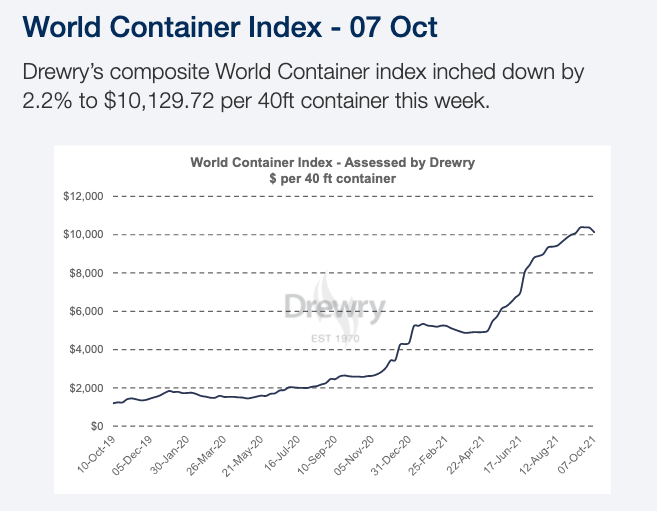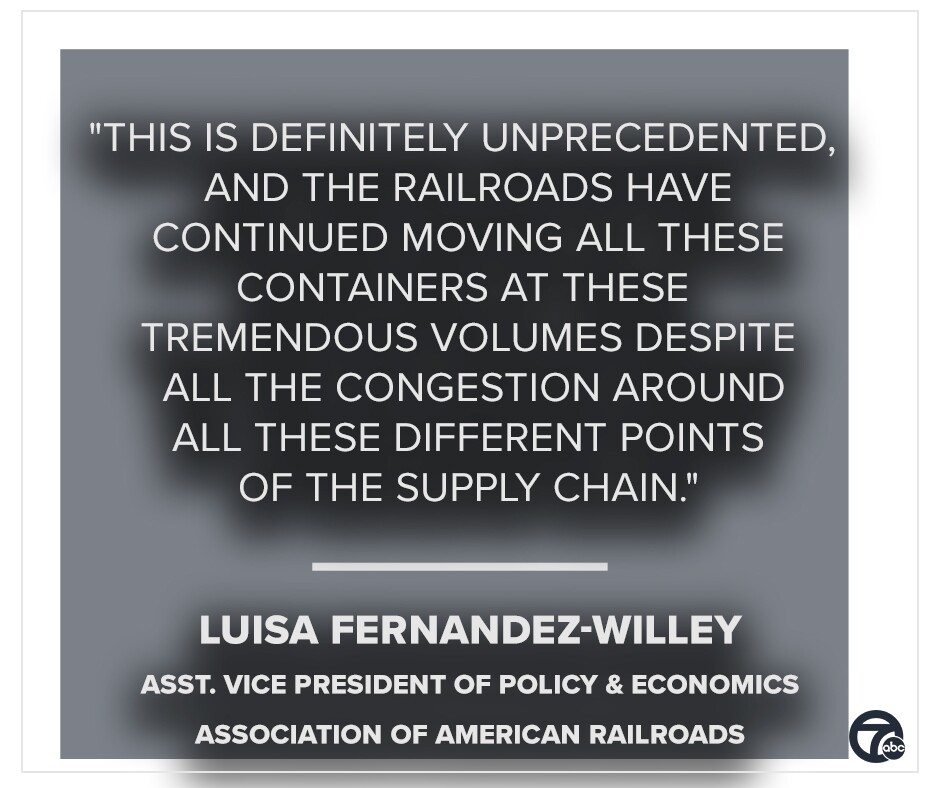(WXYZ) — With consumer goods coming from overseas or from coast to coast, you may have noticed by the time those products get to you, they're a little costlier than they were pre-pandemic.
Related:
- Supply chain issues leading to shipping delays, massive increase in costs ahead of holidays
- Retailers ask customers for patience during holiday shopping with fewer workers, shipping delays
- Companies expanding operating hours to ease supply chain bottlenecks, White House says

"On a consumer level, the prices for the same products are going up and up. I've checked some of the sizes, some have gone down. But the tagging is not good. There's a lot of empty slots and they're mixing things up, especially at grocery stores," said Nelson Ropke, a metro Detroit resident.

Personal spending experiences vary. But the impact of the pandemic on the global supply chain has led to shifts in supply and demand, according to Willy Shih, a professor at Harvard University's School of Business.

He tells 7 Action News that a surge in demand happened earlier in the year when the U.S. reopened.
"That demand surge has taxed the ability of a lot of logistics providers, people who provide ocean container freight or people who unload it at the terminals, or people who move it on intermodal rail from one of the coasts to the Midwest," said Shih.
It's a domino effect. The Association of American Railroads shared this infographic with 7 Action News, illustrating the problem along the supply chain.

Luisa Fernandez-Willey, assistant vice president of Policy & Economics for the Association of American Railroads says from January to August, railroads saw the largest movement of containers with consumer goods ever moved in history.
"This is definitely unprecedented, and the railroads have continued moving all these containers at these tremendous volumes despite all the congestion around all these different points of the supply chain," said Fernandez-Willey.

She says to keep up and work through the congestion, railroads are hiring workers and finding additional warehouse capacity to offload containers.
"We're just part of the solution, but we all have to continue working together with all different partners," she said.




